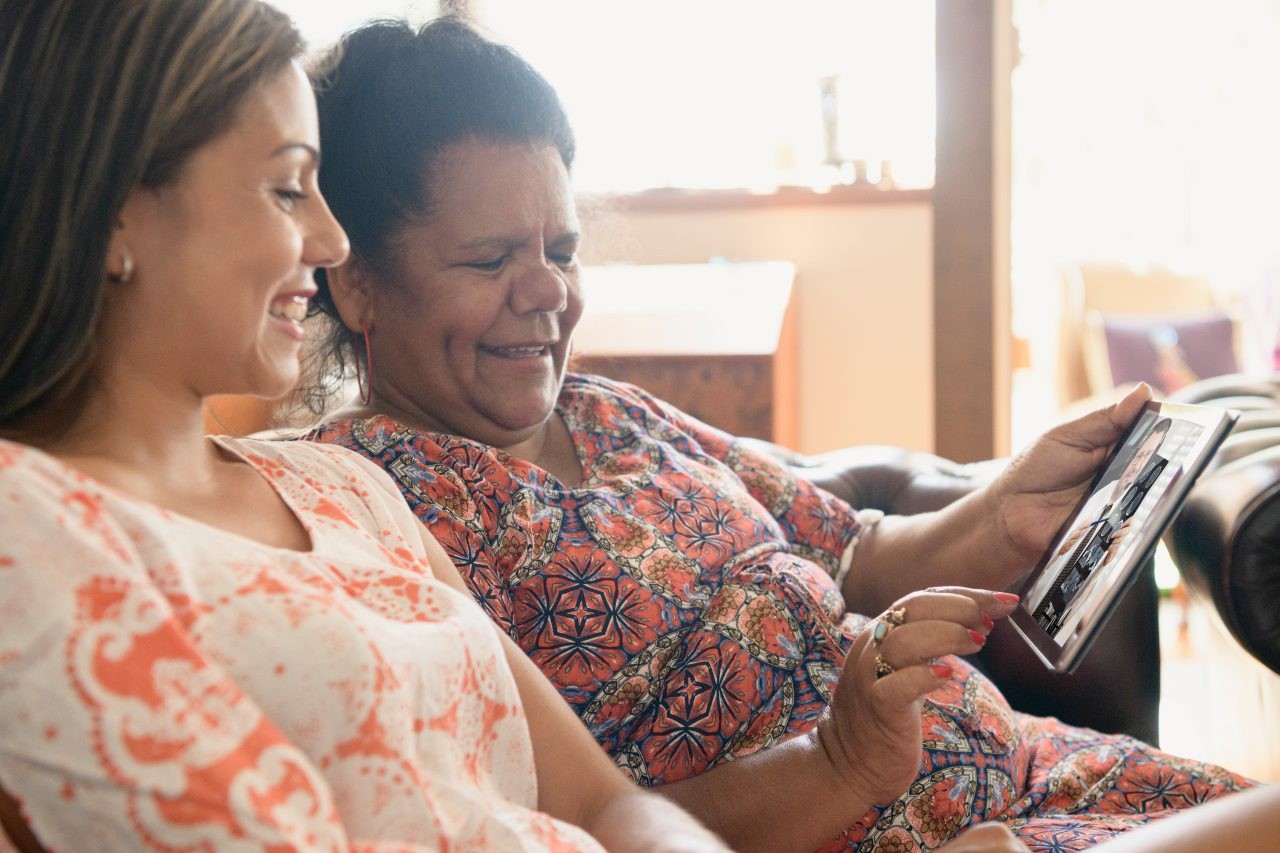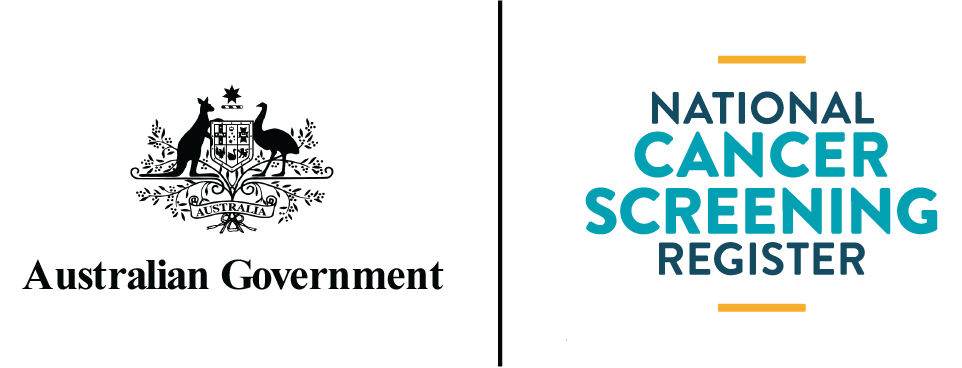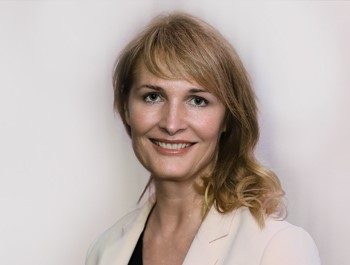Achieving cervical screening equity in regional and remote Australia

Date published: 30 August 2022
Australia leads the way in cervical cancer detection, treatment, and prevention – but when it comes to regional and remote settings, more work needs to be done.
In 30 years, Australia’s cervical cancer incidence and mortality rates have decreased by 50 per cent and are among the lowest in the world. Australia is committed to be the first country to eliminate cervical cancer as a public health problem by 2035. To achieve this goal, we must ensure under-represented communities, particularly in regional and remote Australia, have equitable access to screening.
Each year over 800 women and people with a cervix are diagnosed with cervical cancer and over 200 lose their lives. Cervical cancer is largely preventable, and regular screening and early detection are key factors. In fact, over 70 per cent of deaths from cervical cancer occur in people who have never screened or don’t screen regularly.
Regional and remote communities generally have lower screening rates, and the risk of illness and death is higher compared to urban areas. There are numerous barriers, including living further away from health services, lack of awareness and socio-economic disadvantage.
Aboriginal and Torres Strait Islander communities are further disadvantaged due to remoteness and limited access to screening services that are culturally safe and inclusive. Aboriginal and Torres Strait Islander peoples are twice as likely to be diagnosed with cervical cancer and nearly four times more likely to die.
Australia’s robust HPV vaccination and screening programs, digital innovation, and awareness-raising campaigns are assisting to address this inequity.
Australia’s coordinated approach toward eliminating cervical cancer
The Australian Government has delivered significant health initiatives, including establishing the National Cervical Screening Program, implementing the HPV vaccine program, replacing the pap test with the more accurate HPV test, and the recent expansion of self-collection to all people eligible for cervical screening.
Self-collection is one of the most effective tools to overcome barriers to screening and reach under-screened groups. Self-collected vaginal samples using a cotton swab offer choice, privacy, and a culturally sensitive alternative with the capacity to increase participation among under-screened groups. A pilot study revealed that up to 85 per cent of women and people with a cervix who had refused a test collected by a healthcare provider would be willing to do a self-collected test.
Healthcare providers will play a crucial role in promoting the benefits and uptake of self-collection among their under-screened patients.
Harnessing digital innovation
The National Cervical Screening Program is underpinned by the National Cancer Screening Register – a world first, whole-of-population digital platform that enables a single record for each person screening for cervical and bowel cancer in Australia. It digitally connects general practitioners, specialists, nurses, community health workers and pathologists with patient screening information.
By integrating with Medicare, the Register identifies and ensures age-eligible people are invited and reminded to screen for cervical cancer – and followed up appropriately when screen-detected abnormalities occur – no matter where they live in Australia.
Healthcare providers can access their patients’ screening information through secure digital channels in the form of a Healthcare Provider Portal, and integration with general practice software’s Best Practice, MedicalDirector and Communicare, which are collectively used by over 80% of primary care clinics in Australia.
Integration with Communicare, which supports primary and community services responsible for the health and wellbeing of rural and remote communities has been particularly important. Communicare supports more than 70 per cent of Aboriginal Medical Services and is used by over 8,000 healthcare professionals nationwide.
Good health policy, our innovative and increasingly connected digital health system, and ongoing coordinated awareness-raising make Australia a world leader in cervical cancer detection and prevention.
Our collective efforts are working to overcome structural and cultural barriers to screening and are essential to delivering better health outcomes in regional and remote communities.

